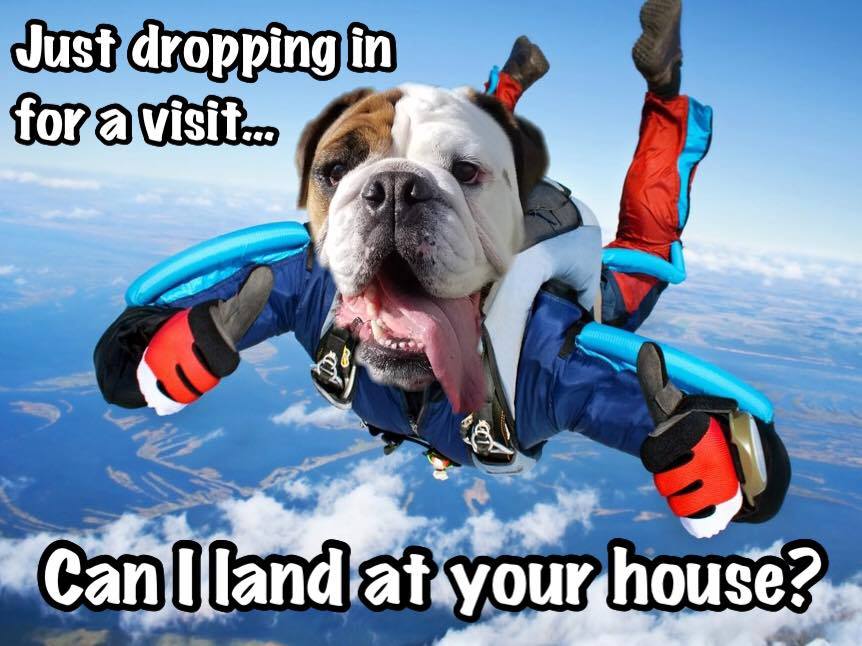Nurturing
As your puppy matures, you must adjust the feeding schedule to ensure that there is sufficient food and water to maintain growth and sustain hydration, but not so much as to cause digestive problems. When the puppy comes home, it will need to be fed several times a day.
In doing this you will become an aficionado of stool and urine color and consistency. You probably already know what well-formed normal stool looks like. If your puppy is being overfed, its stool will usually become loose and the color may change from brown to green or yellow. These are signs that the puppy is not fully digesting its meals. Loose stools are a potential problem because they can lead to dehydration through excess loss of fluids and may be a sign of digestive issues. Usually, increasing the time between feedings will return the stool to its normal color and consistency.
Urine is another indicators or the healthiness of your puppy. If there is no or very little urine or its color is very dark, it can be a sign of too little liquid intake or problems processing urine. If increasing liquid intake or changing feeding frequency does not show a change in volume or color of stool or urine, you should consult your veterinarian.
Feeding
Your puppy will need more frequent meals until he is mature enough to cut his meals down. This should be done gradually as the dog matures. The dog may not eat all the food at each meal, but he should eat enough for his belly to be rounded. If any is left over, it can be fed to him as part of his next meal. Many puppies like to eat, take a stroll, and then go back to eat. Leave food out for about a half hour to be sure he’s finished eating.
There is no perfect feeding schedule for all dogs. Their metabolisms differ as do their levels of activity. But ideally they should start out being fed 3-4 times a day.
Some of his favorite additives are likely to be: canned dog food, liver, chicken liver, chicken or chicken drippings, chopped meat, evaporated milk, scrambled eggs. Eggs (well cooked) are an excellent source of protein for dogs. Yogurt and cottage cheese are also nutritious.
He will probably drop one meal (the late one) by himself between four and five months and may stretch the time between meals. He should go to two meals around six to eight months. Let him decide for himself when to cut back. There’s no magic about the timing.
Whatever kind of keeper your dog is, mealtime should be fun. Call him as you begin preparing his meal, using the same words each time (“Puppy – dinner time” works fine). Talk to him while you’re preparing it. This will get him interested and ready to eat once you put the bowl down. Once your dog has matured, you can switch to a lower calorie food if he has a tendency to gain weight.
Your puppy should stay on whatever he has been feeding for a while. Any change should be made slowly to reduce the possibility of diarrhea. Any equivalent high digestibility food is preferable. These are available in pet stores and many dogs do well on them. Your dog will reach adult weight at about one year of age, but will continue to mature and redistribute the weight long after that. We’ve had some dogs fully mature at 14-16 months; others were still growing at two years. Some dogs react differently to different dog foods. Experiment, if necessary, to find the right one for your dog.
Some dogs get bored with their food after five or six months. If that happens, switch to something else for a while. If you must switch foods suddenly, he will probably have loose stools for a few days. If you decide to change his food, do it gradually by mixing the two foods in shifting proportions over the course of a week until he is completely switched over.
Water
Water always should be available.
Clip-on water bowls are available which attach to the side of crates. In the yard, place a good size bowl in the same spot each time he is out. He will learn about it quickly and will help himself when he wants it. Check it regularly, especially in the summer, to be sure it has water. A heavy bowl, wide at the base, is best since it reduces the likelihood of accidental spillage. We’ve had dogs who went through periods of having to stand in their water bowls when drinking, so stability counts.
You should teach him to eat ice cubes. Start with small broken pieces; eventually he’ll eat whole cubes. They consider them a treat, especially when they’re hot. They work wonders in cooling off a dog that is overheated and panting and can calm dogs that are over excited. It also keeps the water bowl cool in hot weather.
When he begins teething, an Ascriptin (using child dosages from the bottle) and/or a washcloth that has been soaked and frozen will give him some relief from the teething pain.
(From Bulldog Club of America)

Foster families are the foundation of our rescue. Are you interested in preparing a dog for a forever home? For more information, email us.

Several things are important before you can take your dog home with you. We want to provide our fosters and adopters with as much basic information as possible.
April 28 — Bar 2909 — 1:00-4:00 Please join us for another Bulldog bonanza! We’ll be visiting Bar 2909 and …
Join the Lone Star Bulldog Club Rescue newsletter and stay up to date with our bulldog news, events, and adoptions.